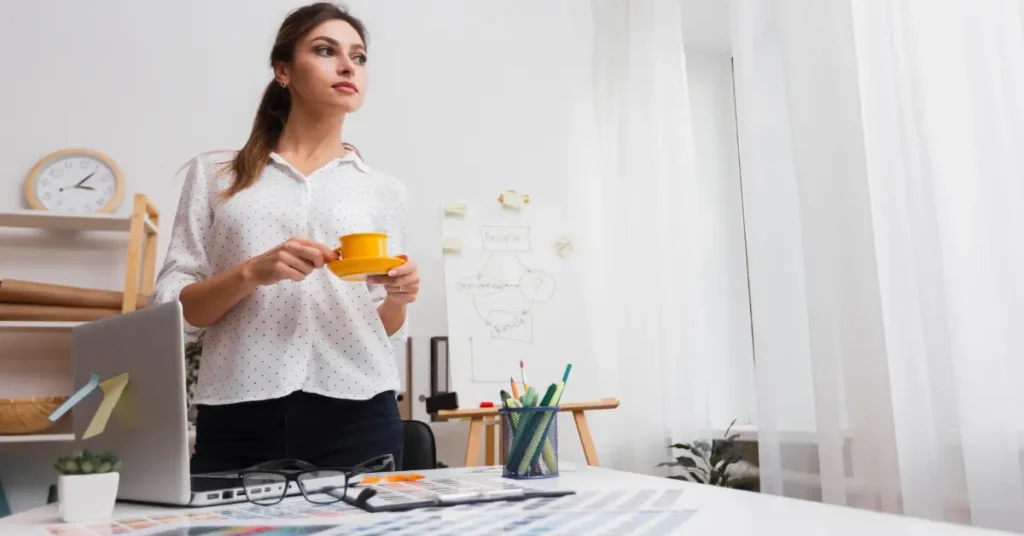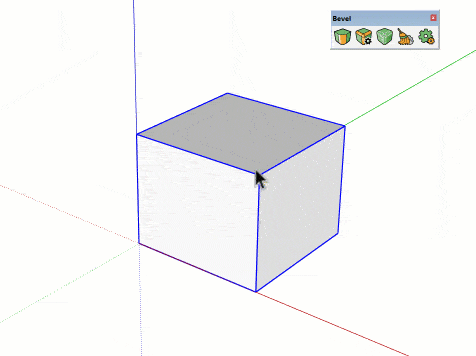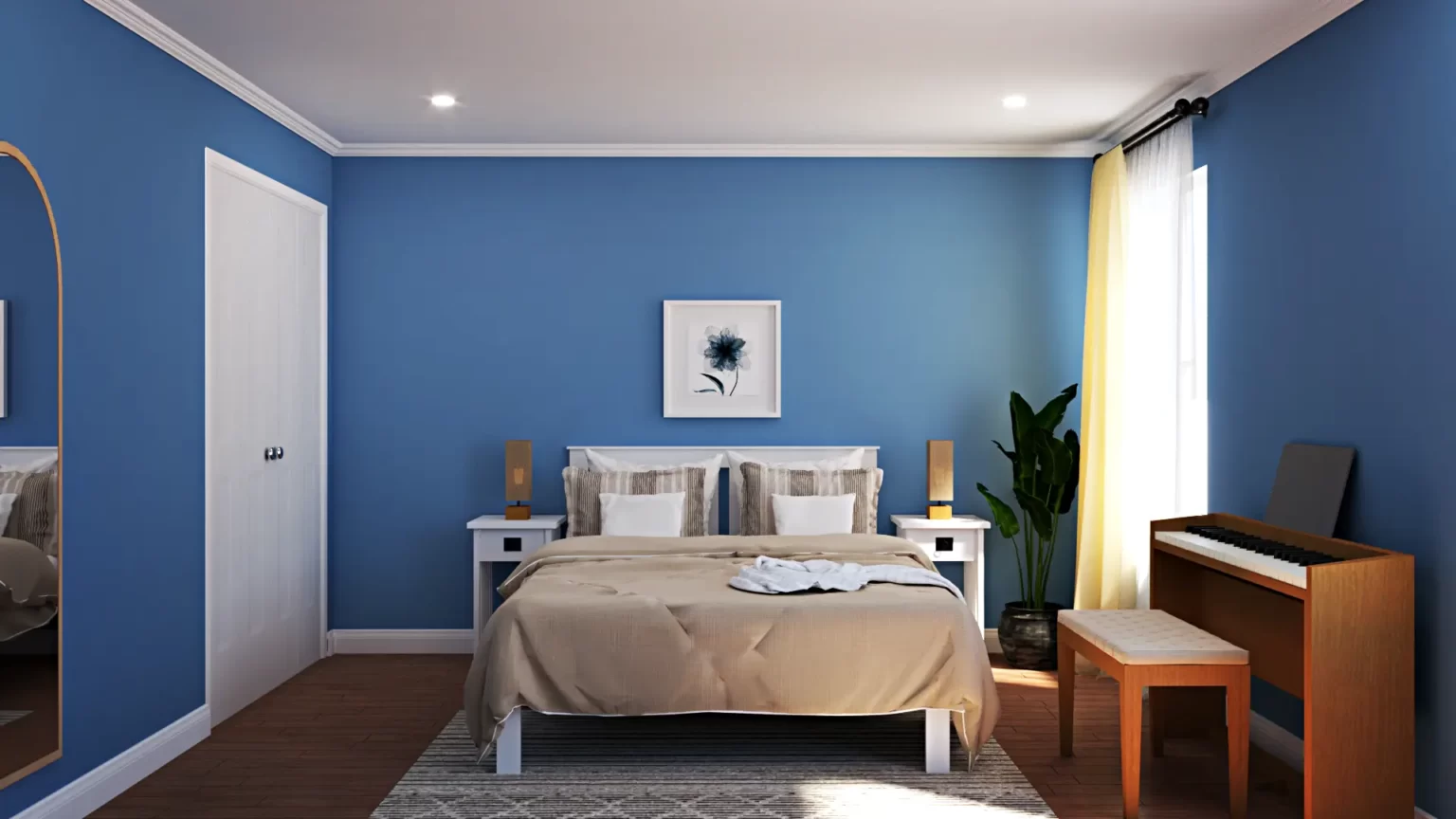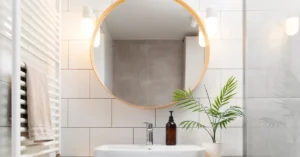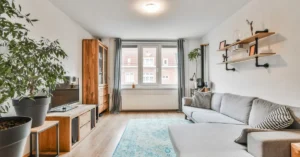What is the Daily Routine of Interior Designers? A Detailed Insight

Embarking on a career as an interior designer promises a dynamic blend of creativity, innovation, and collaboration. From conceptualizing design plans to overseeing installations, an interior designer’s daily routine is a kaleidoscope of tasks tailored to craft immersive spaces that inspire and delight. Let’s delve into the intricacies of a typical day in the life of an interior designer, exploring the multifaceted roles and responsibilities that define this captivating profession.
Meeting with Clients: Understanding Dreams and Aspirations
The day often begins with a pivotal aspect of an interior designer’s role—meeting with clients. These meetings serve as the foundation for understanding the client’s design needs, preferences, and aspirations. Through open dialogue and active listening, interior designers glean insights into the client’s lifestyle, aesthetic sensibilities, and functional requirements.
Armed with this invaluable knowledge, interior designers embark on a collaborative journey, translating the client’s vision into tangible design concepts. Whether it’s crafting a serene oasis for a homeowner or curating an inviting ambiance for a commercial space, each project begins with a deep understanding of the client’s unique perspective and objectives.
Creating Design Plans: Bridging Vision and Reality with CAD Software
With client consultations as the compass, interior designers harness the power of computer-aided design (CAD) software to breathe life into their creative vision. Utilizing these advanced tools, designers meticulously craft design plans and drawings, transforming abstract concepts into tangible blueprints.
CAD software empowers designers to experiment with layout configurations, explore color palettes, and visualize spatial arrangements with precision and accuracy. From conceptual sketches to detailed floor plans, these digital renderings serve as the roadmap guiding the design process, ensuring alignment with the client’s expectations and project objectives.
Selecting and Sourcing Materials: Curating the Essence of Design
Central to the artistry of interior design is the thoughtful selection and sourcing of materials, furniture, and accessories that harmonize with the overarching design narrative. Drawing upon their discerning eye for aesthetics and materiality, interior designers embark on a quest to curate elements that elevate the spatial experience and evoke emotive responses.
Whether it’s sourcing sustainable hardwood flooring, handcrafted textiles, or artisanal lighting fixtures, designers scour an expansive landscape of vendors, suppliers, and artisans to procure elements that epitomize quality, craftsmanship, and style. Each material selection is imbued with intentionality, contributing to the narrative tapestry of the design and enhancing its visual allure.
Coordinating with Other Professionals: Orchestrating a Symphony of Collaboration
In the intricate ecosystem of interior design, collaboration reigns supreme. Interior designers serve as conductors, orchestrating a symphony of collaboration with contractors, architects, and other professionals to bring their design vision to fruition. Clear communication, meticulous planning, and seamless coordination are the hallmarks of this collaborative endeavor, ensuring that every facet of the design aligns with the project’s timeline and budget.
Whether liaising with structural engineers to address architectural constraints or collaborating with craftsmen to execute bespoke millwork, interior designers navigate a labyrinth of interdisciplinary interactions with finesse and agility. Each partnership enriches the creative process, infusing projects with diverse perspectives, expertise, and ingenuity.
Overseeing Installation: Transforming Vision into Reality
As the culmination of months of meticulous planning and creative ideation, the installation phase marks the pivotal moment when design dreams are transformed into tangible reality. Interior designers assume the role of vigilant overseers, ensuring that design elements are installed correctly and adhere to stringent quality standards, safety protocols, and accessibility guidelines.
From coordinating deliveries and overseeing construction progress to conducting on-site inspections and resolving unforeseen challenges, designers are the linchpins of the installation process, navigating the complexities of site logistics with poise and precision. Each design detail is meticulously scrutinized, ensuring that the final outcome embodies the client’s vision and exceeds expectations.
Updating Clients: Fostering Transparency and Trust
Throughout the design journey, transparent communication and proactive client engagement are paramount. Interior designers keep clients informed about the progress of their projects, providing regular updates, milestone assessments, and opportunities for feedback. Whether through in-person meetings, virtual presentations, or digital communication channels, designers foster an environment of trust and collaboration, ensuring that clients remain engaged and empowered throughout the process.
From unveiling design revisions and material samples to addressing client concerns and accommodating evolving preferences, designers prioritize client satisfaction at every turn, striving to surpass expectations and forge enduring partnerships. Through open dialogue and responsive communication, designers nurture a sense of shared ownership and investment in the design journey, fostering relationships that extend beyond the confines of individual projects.
Researching Design Trends and Innovations: Nurturing Creativity and Expertise
Beyond the confines of client projects, interior designers devote time to continuous learning, exploration, and innovation. Immersed in a dynamic landscape of design trends, material innovations, and technological advancements, designers embark on a quest for inspiration and enlightenment.
Whether scouring design publications, attending industry conferences, or exploring virtual design forums, designers remain attuned to the pulse of the design world, synthesizing diverse influences and perspectives into their creative repertoire. From experimenting with emerging design techniques to integrating sustainable practices and wellness principles into their projects, designers embrace a spirit of curiosity and adaptability, enriching their craft and pushing the boundaries of design innovation.
Conclusion: Crafting Experiences, Inspiring Transformations
In the tapestry of human experience, interior designers wield a transformative power—the ability to shape environments that evoke emotions, ignite imagination, and enrich lives. From the intimate confines of residential sanctuaries to the bustling energy of commercial spaces, each design endeavor represents a canvas for creativity, collaboration, and self-expression.
As guardians of the built environment, interior designers navigate a labyrinth of challenges and opportunities with unwavering resolve and boundless creativity. With each stroke of design genius, they leave an indelible imprint on the world, weaving stories of beauty, functionality, and authenticity into the fabric of our collective consciousness.
So, the next time you step into a thoughtfully curated space that resonates with your soul, take a moment to appreciate the artistry of the interior designer—their vision, their passion, and their unwavering commitment to crafting experiences that transcend the ordinary and inspire the extraordinary. For in their hands lies the power to transform spaces into sanctuaries, and dreams into reality.


